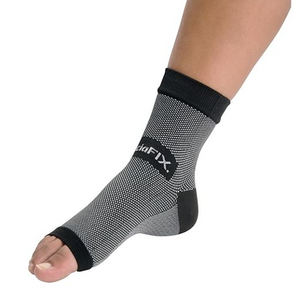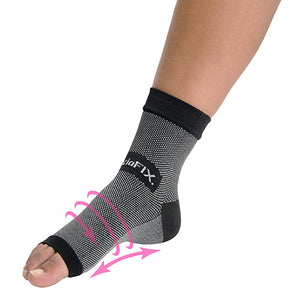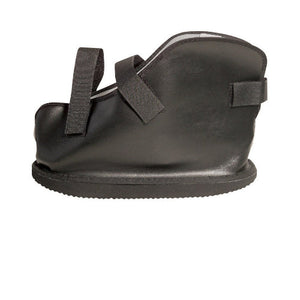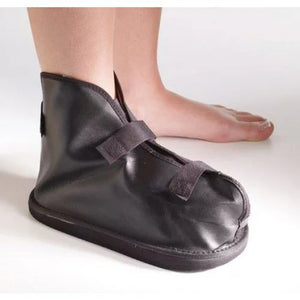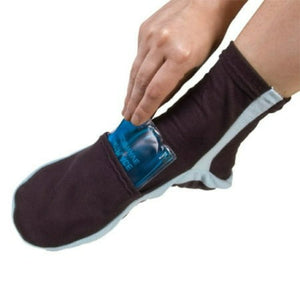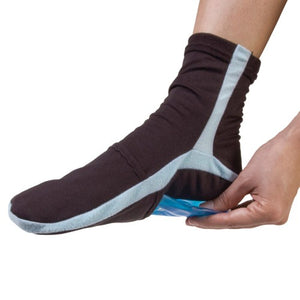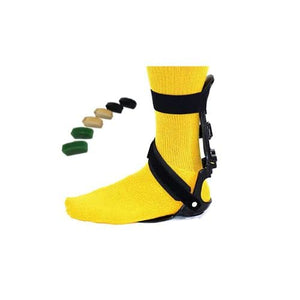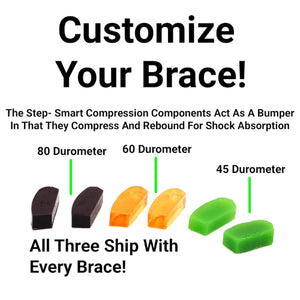How to Stop Limping After a Broken Ankle
Still limping after an ankle fracture? You’re not alone. Limping often lingers due to stiffness, weakness, or fear of re-injury. To regain smooth walking, combine physical therapy, supportive gear, targeted exercises, gait correction, and mental reinforcement. With consistency and the right tools, most people walk limp-free within 6–12 weeks. Start today with Moovkart’s expert tips and ankle recovery solutions.
Why Does Limping Persist After a Broken Ankle?
Even after bones heal, you may still struggle with:
- Muscle weakness and stiffness due to immobilization
- Poor ankle range of motion, making your steps uneven
- Unconscious favoring of the uninjured leg
- Poor walking habits developed during the injury
- Fear of re-injury, leading to guarded walking patterns
Recognizing these challenges helps you approach recovery strategically, rather than just “waiting it out.”
1. Prioritize Physical Therapy with a Gait Specialist
Professional therapy is essential to relearn how to walk correctly.
- A gait specialist evaluates how your feet strike the ground and where you’re compensating.
- They’ll assign exercises to stop limping after ankle fracture that improve stride, balance, and posture.
- Therapists can guide you through ankle mobility work, balance training, and weight-shifting drills.
Expert Tip: Request walking video analysis—it helps visualize progress and build confidence.
2. Use Braces and Support Shoes Strategically
During the healing phase, your ankle joint is still weak and needs extra support.
- A compression ankle brace adds joint stability and reduces hesitation while walking.
- Proper orthopedic shoes cushion impact and reduce strain.
- Moovkart offers quality options like [buy ankle brace for walking after fracture] and [best support shoes after broken ankle].
Real-life Example: Many users report reduced limping within 2 weeks of combining physiotherapy with supportive shoes.
3. Incorporate Strengthening and Flexibility Exercises
Consistency is key. Strength training post-injury helps restore muscle symmetry and mobility:
- Resistance Band Movements – Improve range of motion
- Heel Raises & Calf Stretches – Rebuild calf strength
- Balance Board Work – Enhances ankle stability
- Toe & Heel Walks – Reinforce gait symmetry
Important: Begin slowly and increase reps gradually. Consider doing exercises 2–3 times daily under guidance.
4. Focus on Gait Correction at Home
What you do between therapy sessions matters just as much.
- Walk slowly and mindfully—heel to toe, not toe-first
- Use mirrors or phone videos to check for limping
- Avoid “compensation walking,” like swinging the hip outward
- Use hallways to practice walking in a straight line
Practice Tip: Set reminders to walk for 5 minutes every hour at home, focusing on even pressure distribution.
5. Rewire Your Mental Recovery
Many limp longer than needed due to psychological fear—even after the physical injury heals.
- Understand that the ankle is structurally sound if your doctor has cleared you
- Gradually wean off crutches or walkers to rebuild confidence
- Use affirmations like “My body knows how to walk properly again”
- Mini-Milestones:
- Walk unaided for 5 minutes indoors
- Go up/down stairs without a limp
- Walk 100+ meters without fatigue
6. Track Recovery with a Walking Log or App
Keeping a simple log of your walking duration, limp severity (rated 1–10), and daily exercises can highlight patterns and motivate progress. Apps like GaitON or even a basic notes app work well.
Over a few weeks, you’ll notice reduced limp ratings and longer walk times, reinforcing your recovery journey. It also helps therapists adjust your rehab plan based on your actual data.
Frequently Asked Questions (FAQs)
1. Why am I still limping 3 months after a broken ankle?
Limping may persist due to weak muscles or psychological guarding. It’s common but treatable with targeted therapy and gait training.
2. What are the best exercises to stop limping after ankle fracture?
Heel raises, toe walking, balance work, and resistance band stretches. Combine them with mobility work for optimal recovery.
3. How long before I stop limping completely?
Most patients see limp-free walking within 6–12 weeks of rehab, but full recovery varies based on age, injury severity, and effort.
4. Should I avoid walking too much early on?
Avoid overexertion, but gentle walking (as guided by your physio) is essential to regain proper gait.
5. Can limping cause problems elsewhere in the body?
Yes. Prolonged limping can lead to hip, knee, or back discomfort due to compensatory movement. Address it early.
Conclusion
Don’t let a persistent limp slow down your journey to full mobility. With expert help, supportive products from Moovkart, and daily consistency, you’ll be walking confidently again soon. Track your progress, stay positive, and trust the healing process.
Start your recovery today. Explore Moovkart’s ankle support solutions and take your next confident step forward.


